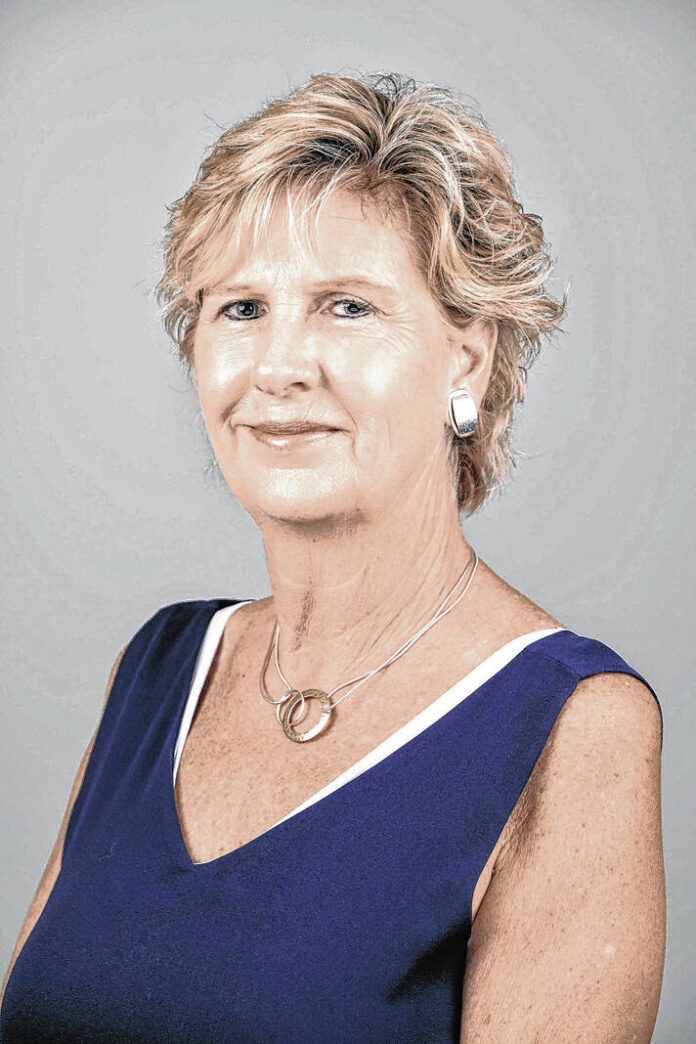Columbus officials recently had a brief discussion of emergency planning in regards to gun violence, a conversation that took place before the Uvalde, Texas school shooting.
Following the approval of an updated Flood Response and Evacuation Plan (FREP) at a Columbus Board of Works meeting recently, board member John Pickett asked if the city has plans in place for other kinds of emergencies.
“When you see these horrible acts that are happening in the country — like Buffalo, for instance — does the city have a plans in place for those kind of incidents, like how to respond?” he asked at the board’s May 17 meeting. “Or are we at that point where we need to think about it?”
Mayor Jim Lienhoop replied that, from what he’s heard, it’s difficult to plan for those kinds of incidents because you don’t know what to expect.
“In instances such as Buffalo with a shooting, we’re going to rely on our law enforcement and the plans and SOPs (Standard Operating Procedures) that they already have in place for response for their specialized teams,” said Bartholomew County Emergency Management Director Shannan Cooke.
City Director of Administration and Community Development Mary Ferdon added that Cooke’s department has sessions where they do “tabletop scenarios” with different agencies to plan for flood responses and other emergencies, and law enforcement does the same.
“The whole idea is that you work through, on a regular basis, what would happen if Stage 1, Stage 2, Stage 3,” said Ferdon. “And so I know that the police department does tabletop, and the fire (department) does for other things.”
“We have internal plans as well,” added Columbus Fire Department Chief Andy Lay. “So if there’s a mass shooting, how we would handle it as a fire department.”
He also said that the department is seeking an Assistance to Firefighters grant. According to the Federal Emergency Management Agency, this grant’s primary goal is to “meet the firefighting and emergency response needs of fire departments and non-affiliated emergency medical service organizations.”
“Since 2001, AFG has helped firefighters and other first responders obtain critically needed equipment, protective gear, emergency vehicles, training and other resources necessary for protecting the public and emergency personnel from fire and related hazards,” FEMA’s website states.
CFD hopes to hold a training session led by Anthony Kastros, whose curriculum includes a “unified command” course, said Lay.
“That’s one thing that’s very important,” he said. “So we do the incident management system so when we have these disasters, we have that framework in place. … But we’re working on getting a unified command, so how to bring everybody together when we have these disasters. What’s the fire department’s role? What’s the city administration, the county, and bringing all those people in to know their roles so you can plan for that. And usually if you have a good incident management system in place, everything kind of falls into place.”
Ferdon also noted that local public agencies met regularly to coordinate public safety during the pandemic, and their collaboration continues.





